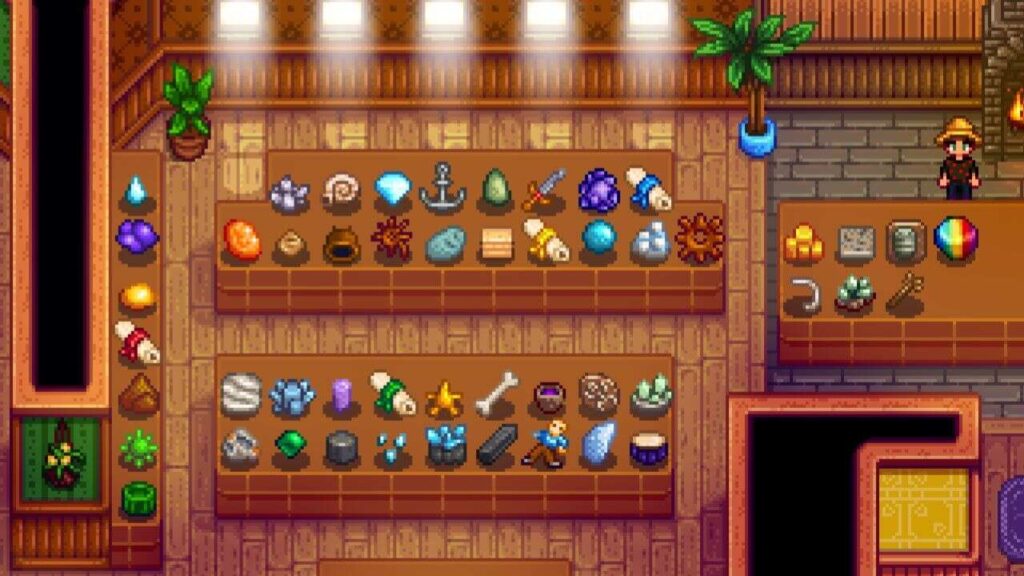When you first enter Stardew Valley, Gunther in the museum will make a request to you. He tells you that the museum is lacking real artifacts and asks that you donate any rare items you find to him. The museum functions similarly to the museum in the Animal Crossing game, in that you need to donate one of each item to complete the collection. Completing the entire collection will earn you a Star Fruit, which will permanently increase your maximum power.
How the museum works
The museum is open from 8 am to 6 pm (except during town festivals). It’s in the southeast corner of town, next to the blacksmith. There is a large collection of books inside, where you can read any lost books you find, and a large display area where new donations can be deposited. To donate items, talk to Gunther and he will let you place any new donations wherever you want, with the option to move them later.
Gunther also gives out rewards at certain milestones, including totals for certain items once you donate them, as well as separate paths for artifacts and minerals. Most of the rewards are nice bonuses but not significant, with three exceptions. Out of the 60 items you will get the Key to the Sewers, out of the 95 items you will get the Star Fruit, and if you donate all four Dwarf Scrolls you will get the Dwarven Translator’s Guide, which will allow you to communicate with the Dwarves.
Artifacts and Minerals

There are many ways to obtain donated items, depending on which of these two categories they fall into. There are 95 items in total: 53 minerals and 42 artifacts.
Minerals are usually found through mining, although there are several other ways to obtain minerals. Gems can be found in their corresponding nodes – for example, the Emerald node gives Emeralds, while the Universal Gem node gives random gems. Four harvested minerals—Quartz, Earth Crystal, Frozen Tears, and Fire Quartz—can be found in the Mines and Skull Caverns.
The last and largest group are geode minerals, which are obtained by splitting geodes. Geodes come in the form of Basic Geodes, Frozen Geodes, Lava Geodes, and Omni Geodes, which can be opened at the Blacksmith for 25G each. While the first three types of geodes can only contain certain minerals, the Omni Geode has a chance of containing any of them, making it the best way to find them. Some minerals can also be found in fishing chests, but due to the random nature of these minerals, this is an inefficient way to find them.
More Stardew Valley guides:
Reliably searching for artifacts is a bit difficult. Some of these, such as Dwarven Scrolls, can be dropped by monsters in the mines and skull caves. Others only have a chance to appear when you dig up artifact points with a hoe, which appear in the dirt around town and look like three wriggling worms sticking out of the ground. Others can be found in Artifact Treasures and can be purchased from the Desert Merchant for 5 Omni Geodes. Artifacts occasionally appear in fishing chests, although not all of them appear.
Check out the Stardew Valley Wiki page for Minerals and Artifacts to see the exact chance of each item.
When it comes to completing a museum, it’s best to allow yourself to find most of the artifacts and minerals naturally. Once you have the majority of donations (around the 80 mark) you can start focusing on the items you are missing and farming specifically for those items. Most of these items only have a small chance of appearing, so even if you try to find them, it’s mostly up to chance.

